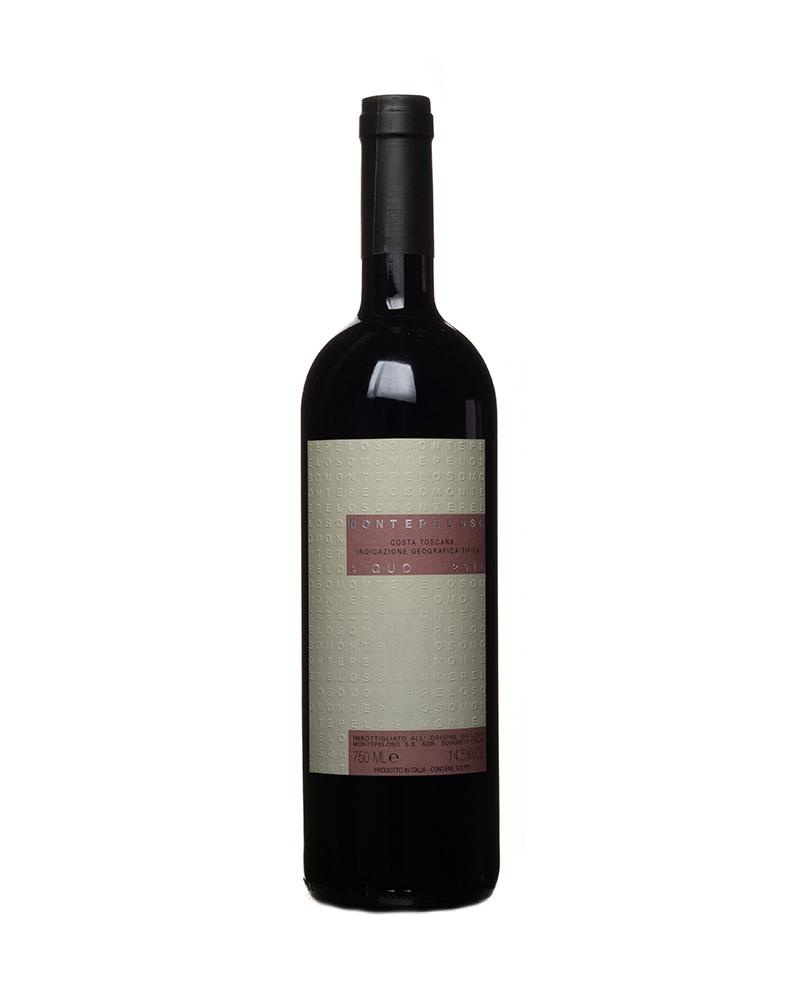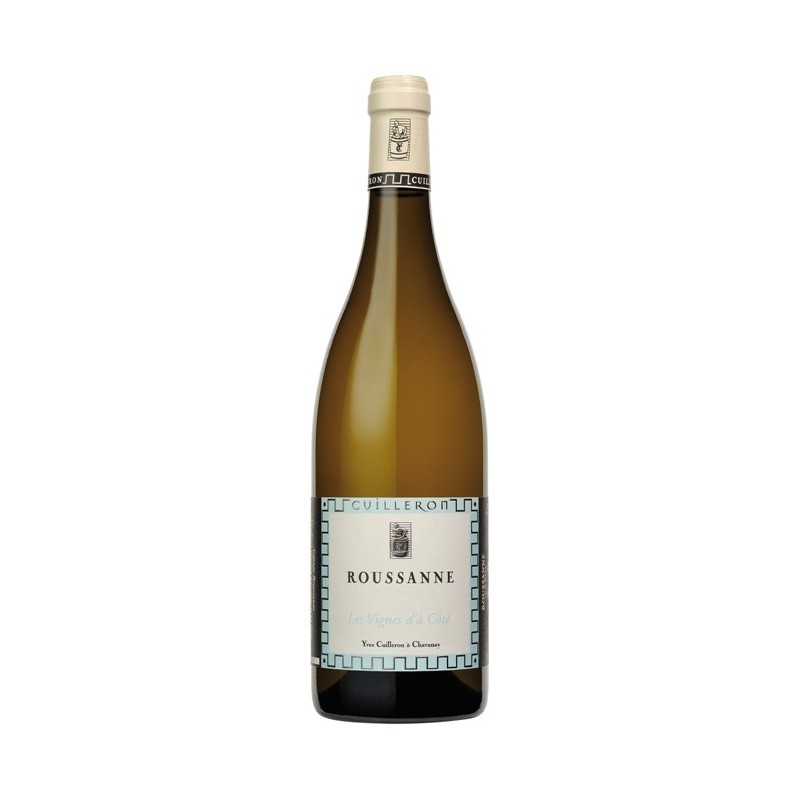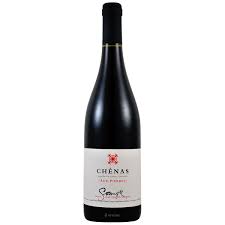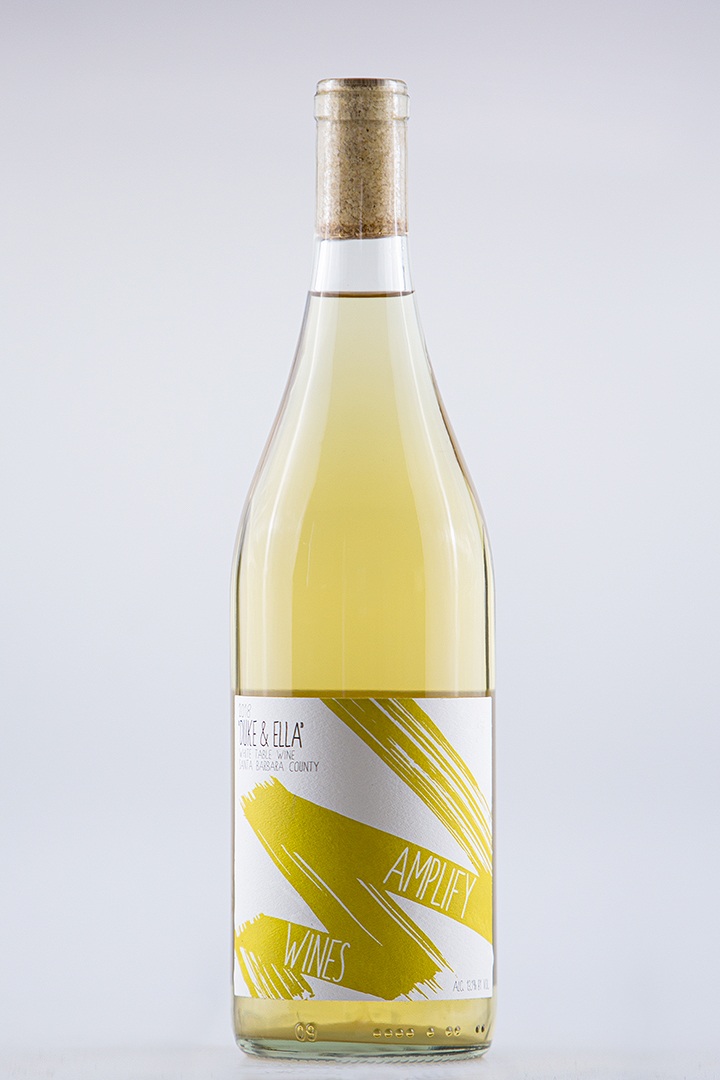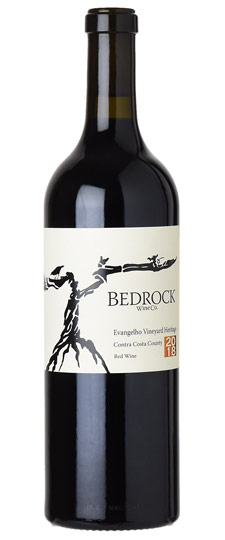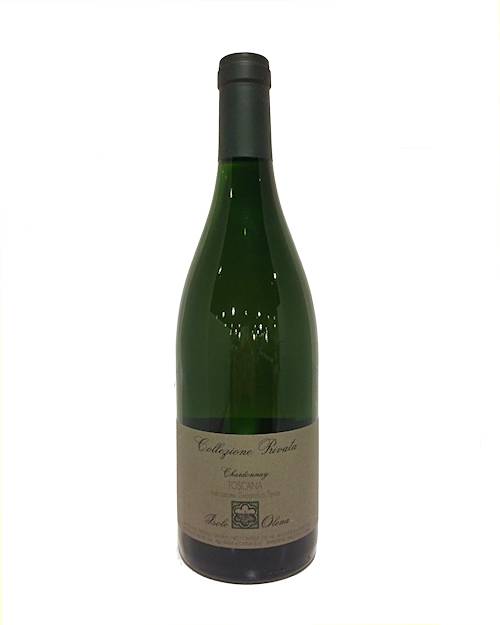For the wine snob:
Made using grapes from the more recent estate plantings, A Quo showcases Montepeloso’s special terroir while also being accessible in its youth. It ferments in large steel tanks and ages for 12 months in barrels (15% new) and 12 months in bottle before release.
For the rest of us:
The 2017 A Quo is fabulous. Then again, Montepeloso did not bottle any of their top wines in 2017. All of the fruit usually destined for Eneo, Nardo and Gabbro went into this, the estate’s entry-level wines. Dark, pliant and supple, with tremendous fruit density, the 2017s is exceptionally beautiful from the very first taste. An infusion of succulent dark cherry, raspberry jam, rose petal and sweet spice runs through the A Quo, while bright acids and underpinnings of tannin give shape and persistence.
